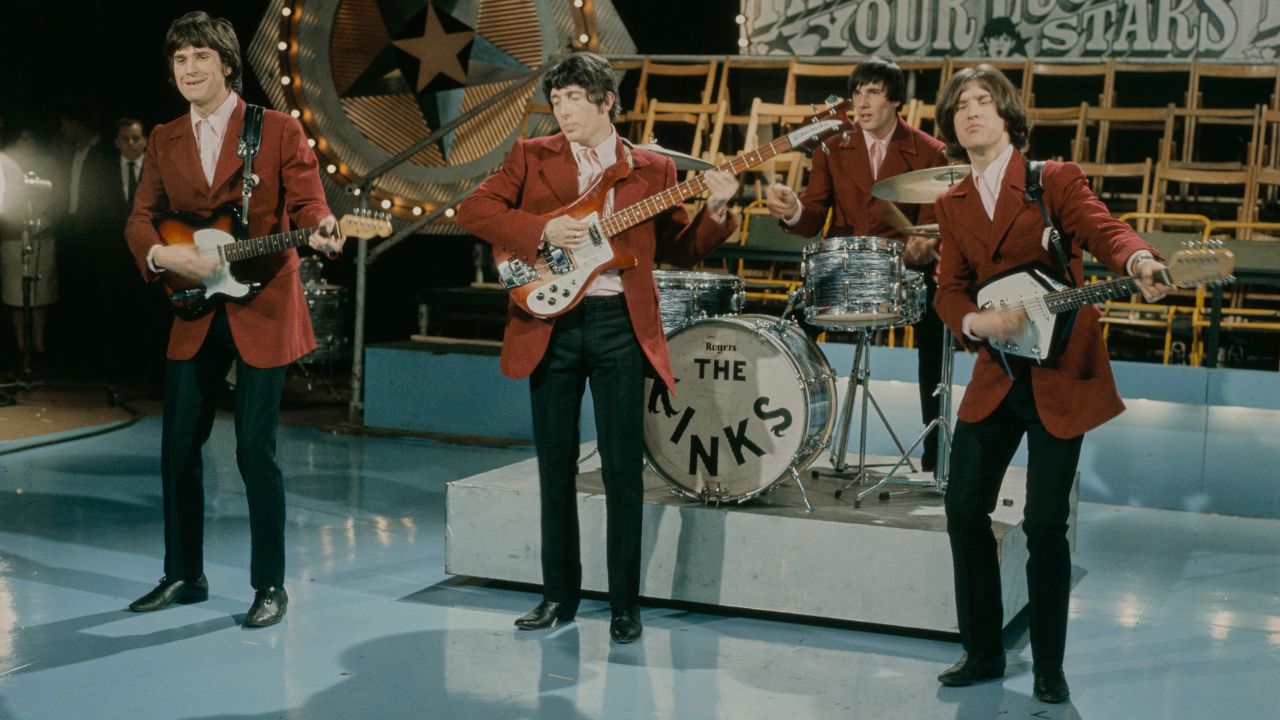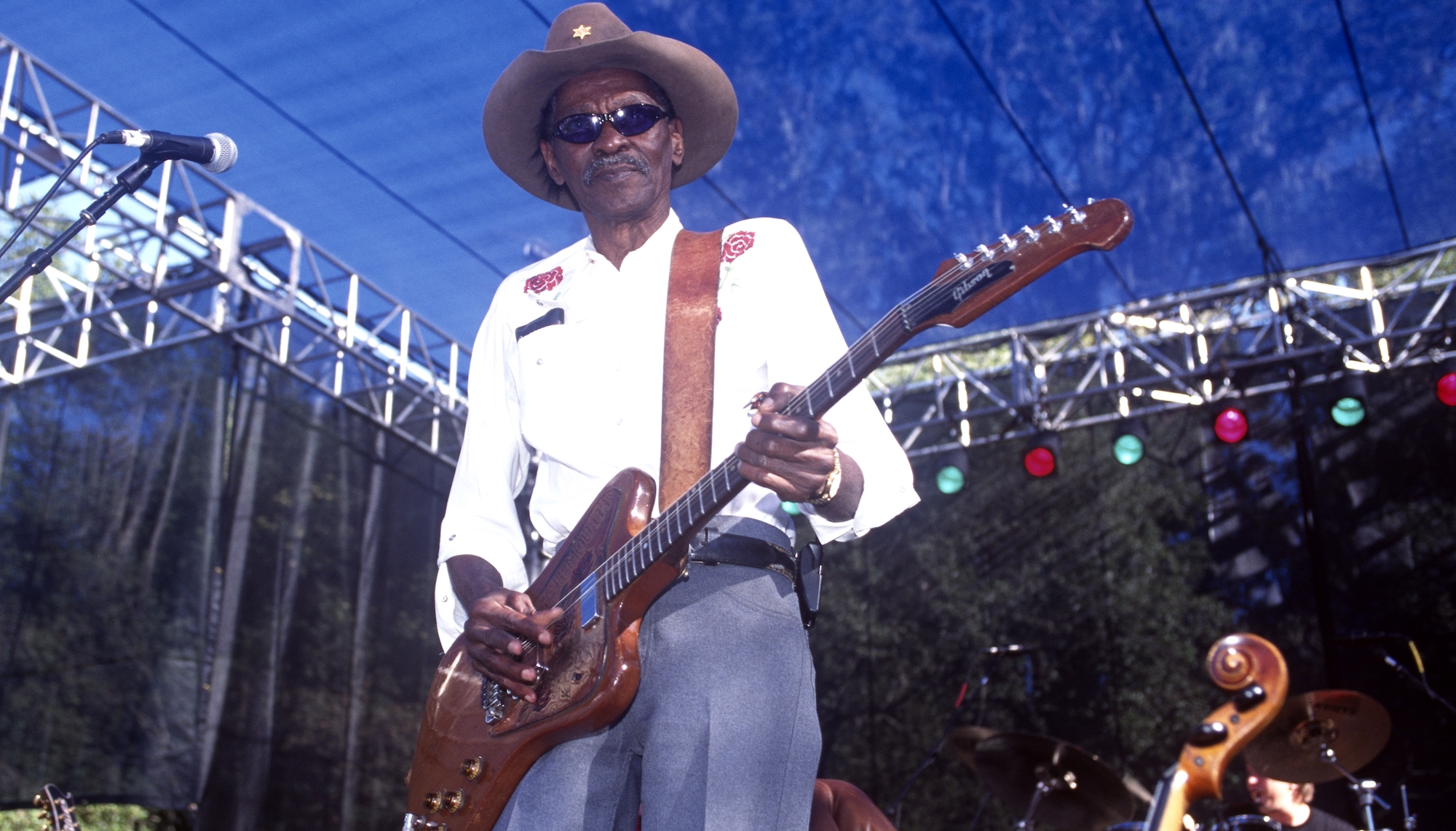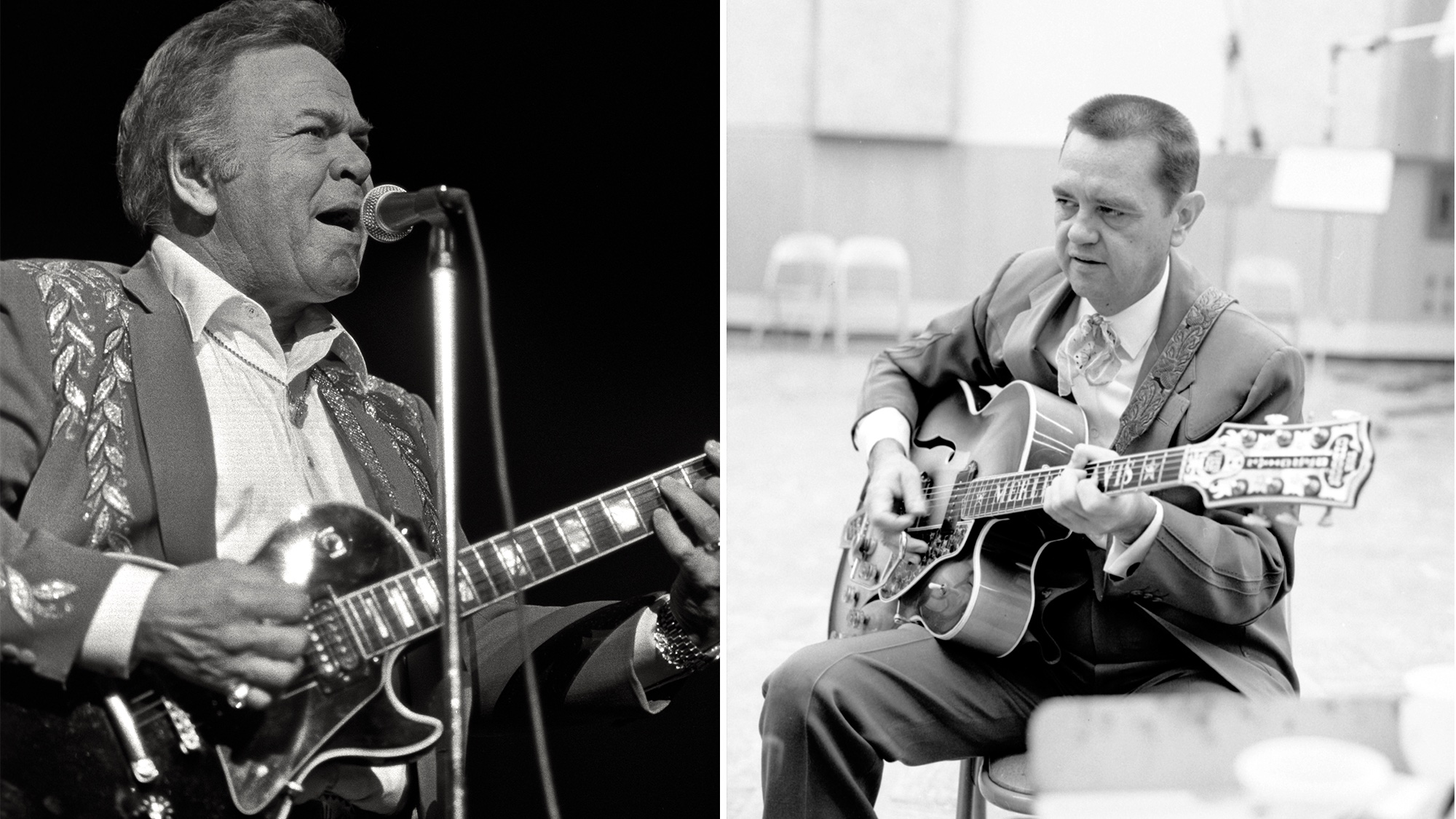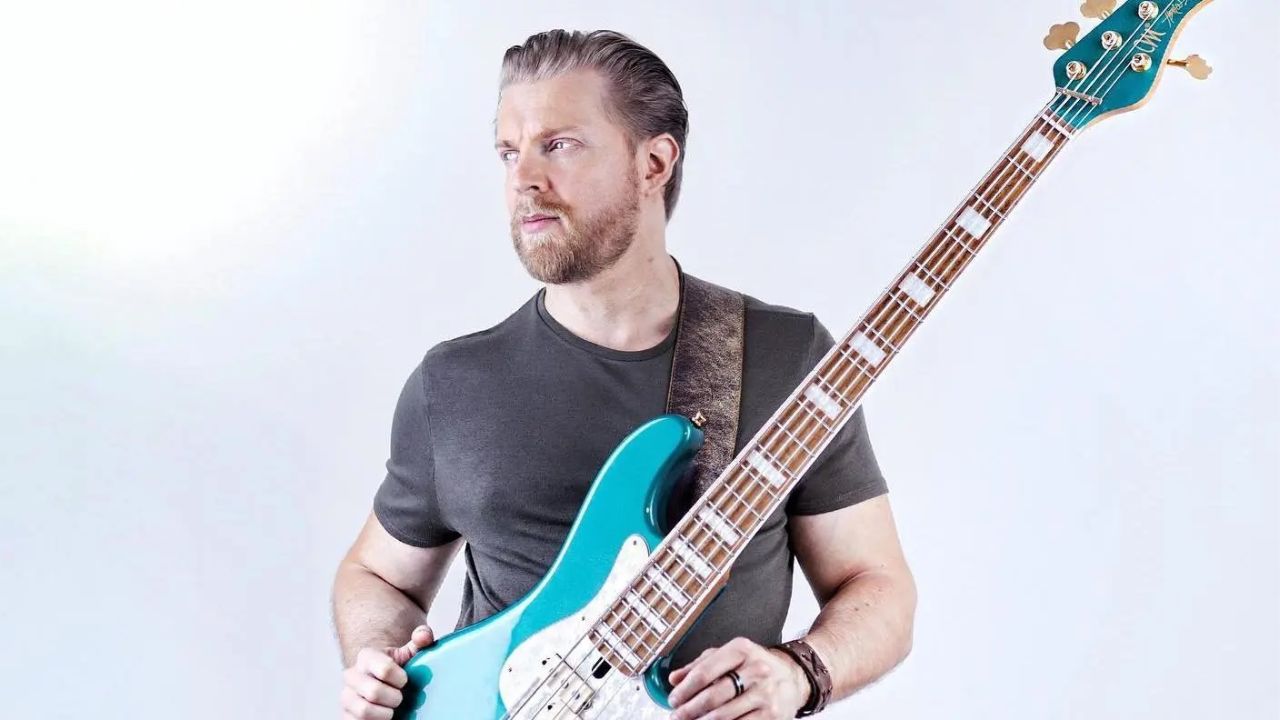Kiss: Hotter Than Hell
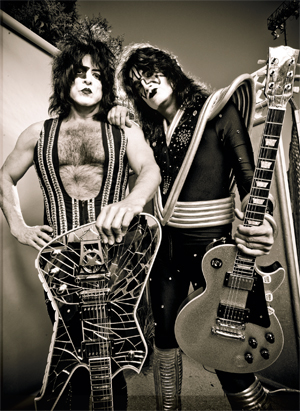
Originally published in Guitar World, Holiday 2009
Paul Stanley said for years that Kiss would never make another studio album. But when the latest lineup proved to be a stage-smoking performance machine, he changed his tune. The result is Sonic Boom, an explosive return to form by a group that never really went away.
"Somebody had to have a vision and a direction. And that had to be me.” Sounding only slightly less dictatorial than Benito Mussolini, Kiss guitarist and frontman Paul Stanley is talking about the making of the band’s new album Sonic Boom. The first new Kiss studio album since Psycho Circus 11 years ago, Sonic Boom represents a triumphant return to form for the iconic Seventies rock band. Packed with 11 stadium-razing, hard rock scorchers, Sonic Boom is all killer, no filler. There isn’t even a ballad in the mix.
But it is an album that was almost never made. For years, Stanley staunchly refused to make another Kiss studio record ever again. “I was against the idea for as long as I can remember,” he says. “The fact that Kiss had been able to continue over the years, being able to do concerts and do great business, was a blessing. I just wasn’t sure, up until the last year or so, that there was a reason to do another album.”
What changed Stanley’s mind? It was Kiss’ Alive 35 tour, a monumental worldwide trek the band undertook to celebrate the 35th anniversary of Alive!, the 1975 album that launched Kiss into the outer stratosphere of rock superstardom. Out on the road, the current Kiss lineup—which combines founding members Stanley and bassist Gene Simmons with Eric Singer on drums and Tommy Thayer on guitar—became a powerful, well-oiled juggernaut. Stanley heard echoes of Kiss’ Seventies glory days.
“It was just so clear how great the band is now,” Stanley says enthusiastically. “I think everybody was ready to go in and do this album.”
Fans who buy Sonic Boom will get a healthy dose of today’s Kiss and a nostalgic backward glance as well. The album will be packaged with Kiss Klassics, a CD of Kiss hits re-recorded by the current lineup last year. In addition, it will include a bonus live DVD culled from a recent show in Buenos Aires.
Get The Pick Newsletter
All the latest guitar news, interviews, lessons, reviews, deals and more, direct to your inbox!
Tommy Thayer, who officially joined Kiss in 2002, is a major reason why Stanley believes the current Kiss lineup is one of the best ever. “I think Tommy’s playing is off the hook,” Stanley says. “It’s great in the sense that it refers back to all our influences, certainly, and everything we’ve done in the past and kicks it up a couple of steps.”
“There is a great spirit in the band now,” Thayer confirms. “We’ve all been on a high over the past year and a half, mainly because of the touring.”
But Stanley had a few preconditions that needed to be met before he would enter the studio with his bandmates. “First and foremost was that I would produce the album,” he says. “Ground rule number two was ‘no outside songwriters.’ I think that when other people get involved in the band it may expedite things and make the process easier, but it certainly dilutes and diffuses what the band is. We don’t need someone else’s interpretation of who we are. We need our own.”
And Stanley’s third precondition? “Basically what you’d expect as a producer,” he says, “and that’s that my word is final. Everything—from the songs themselves to how they were recorded to the mixes to the sequencing of the album...I had to have the final say. And I have to say, from the get-go, it was clear to everybody that the results were terrific, which excited us that much more.”
Stanley was justified in his determination to play the role of benevolent despot. His songwriting and lead vocals were the force behind many of Kiss’ greatest hits. In the early days, the guitarist worked closely on the music with his longtime musical partner Gene Simmons. The two of them founded Kiss in the early Seventies, molding the group from the ashes of a prior band called Wicked Lester. But over time, they’d grown apart musically. And indeed, in recent years it has seemed like Simmons was far more interested in his successful A&E TV reality show, Gene Simmons’ Family Jewels, and far-flung business enterprises than anything so juvenile and low-rent as writing and playing rock songs. But Stanley insisted that he and Simmons hunker down in the studio and bang out great songs like they did in the days of their youth. Simmons was reluctant at first, but was soon drawn into the process.
“Gene’s playing on Sonic Boom is a reminder of what he can do when he closes his mouth and straps on the bass,” Stanley says.
Stanley also opened up the process to all members of the band. “I’ve got some sort of credit on nine of the 11 songs on Sonic Boom,” he says. “But the contributions of everybody in the band to the songwriting were both selfless and invaluable. I wrote ‘Say Yeah’ and ‘Modern Day Delilah’ by myself, but the other songs were written by different combinations of the guys in the band.”
Sonic Boom gave Thayer his first real opportunity to assert himself as a fullfledged member of Kiss since officially joining the band in ’02. The guitarist came up through the ranks of the Kiss organization, starting out in the early Nineties as a jack-of-all-trades—editing videos, working on album graphics and even managing a Kiss convention in ’95. Gradually, he began to become more directly involved in the band’s music. When Kiss reunited in 1996, it fell to Thayer to coach Ace Frehley and Peter Criss through the process of relearning their old guitar and drum parts.
Thayer says, “I was helping them get back in touch with the music the way they were doing it 20 years prior. I would go into rehearsal early each day with Ace and Peter and just kind of run through the parts—re-remind them of what they were doing before. It wasn’t weird or a bummer or anything, it was just like jamming. I was thrilled because there I was, jamming with Peter Criss and Ace Frehley. I’ve been a Kiss fan all my life.”
Thayer’s ability to handle potentially ticklish situations with tact, combined with his solid work ethic, earned him major points, particularly with the pragmatic Gene Simmons. In time, the guitarist began contributing to Kiss songwriting demos. He also played guitar on 1998’s Psycho Circus without receiving a credit. And since officially joining Kiss, his role has been to replicate onstage the leads played by Ace Frehley and other prior Kiss lead guitarists. He says of himself, “It doesn’t matter if Tommy Thayer wants to add his inflection or point of view to the classic Kiss material. Nobody cares to hear that. I wouldn’t.”
But on Sonic Boom, Thayer came to the table as a full member of Kiss, adding his musical perspective to both songwriting and guitar solos on the album. “In December [2008] we started to talk about the album,” he says. “And by January I was going to Paul’s house to start throwing riffs back and forth, working out songs together. I co-wrote ‘When Lightning Strikes,’ which I also sing on the album. And I co-wrote ‘Never Enough’ with Paul and ‘I’m an Animal’ with Paul and Gene. It was just a matter of keeping things real simple and raw and not overthinking anything or deliberately trying to write something that would appeal to radio.”
Part of Stanley’s master plan for Sonic Boom was that the basic tracks should be recorded live in the studio, the way Kiss did it in the good old days. The band set up at Conway studios in L.A. and cut basic tracks live to analog 24-track tape. Stanley says, “We were much more concerned with capturing feel rather than perfection. There were no click tracks. We don’t have a click track onstage, so why would we need one in the studio? And it wasn’t about doing the songs 10, 20 or 30 times. I think the most takes we did on any song was three.”
Stanley and Thayer both played rhythm guitar on the basic tracks. A 1994 sunburst Gibson Les Paul Standard was Stanley’s main ax, although he also brought one of his signature model Washburn Preachers into the picture. Thayer played a Gibson 1961 reissue SG. “Tommy and I mixed and matched until we found what complemented the song and each other,” says Stanley, whose amps for the sessions included vintage Marshalls, a vintage Fender Bassman head and some Randall gear. Thayer’s rhythm guitar sound was derived from his signature model Hughes & Kettner amp, an H&K Statesman combo and a late Seventies Marshall Master Volume.
“One thing that Kiss has always done, and something I’ve always talked about, is what I call ‘the Big Guitar,’ ” Stanley says. “And ‘the Big Guitar’ is often just two guitars playing different [chord] inversions. I was a huge fan of Humble Pie. They were part of the template for what Kiss was doing originally. And the double–rhythm guitarist thing was very much part of their approach. So the rhythm guitar feel and sound on Sonic Boom is often just a matter of what Tommy and I are playing against one another.”
Once basic tracks were completed, the project was transferred to a Pro Tool rig at co-producer’s Greg Collins’ studio, the Nook, also in L.A. It was there that Thayer laid down his lead guitar tracks, alternating between the aforementioned ’61 reissue SG and one of his signature model Les Pauls. “SGs, Flying Vs and even Explorers have a little more midrange punch to them than Les Pauls,” he explains. “It’s a little bit of a tighter sound when you’re recording.”
For guitar solos, a vintage Ibanez Tube Screamer was placed in line between Thayer’s guitar and amps. He employed his H&K signature model and Statesman amps in tandem with a 50-watt Marshall from 1973. “And we also have a little battery-powered Orange practice amp,” he adds. “We turned that on during solos to get a little bit of ratty-ness on the top.”
Stanley planned to play some of the leads himself but decided to cede the job to Thayer. “Tommy was doing such a phenomenal job, I was just happy to let him go for it,” he says. “The album is going to be a big statement from him, being that it’s his first album playing as a member of the band.”
Thayer says, “A lot of the guitar solos in Kiss’ music are kind of thematic. It’s more than just riffing out. They have a melody and a theme. You’ll be riffing, but there’s a start, a middle and a finish to the solo.”
Although they’re a few years apart in age, Stanley and Thayer have discovered that they are very much on the same page when it comes to guitar influences. Thayer says, “Paul saw Led Zeppelin for the first time in 1969; I saw them for the first time in 1977. That’s the difference. But we both love Led Zeppelin. I started playing guitar and going to concerts around 1974, so I was influenced by a lot of Seventies guitarists like Ace Frehley, Ronnie Montrose, Joe Perry and Davey Johnstone [Elton John, Alice Cooper]. But really those guitar players were directly influenced by Jimmy Page, Eric Clapton, Jeff Beck and Jimi Hendrix. So it comes down to the same thing. Also, I grew up loving Kiss, so it makes sense that I’d also like all the influences that made Kiss Kiss, whether it’s Humble Pie, Led Zeppelin or Cream.”
But while Stanley chose to record the basic tracks using old-school techniques like live-in-the-studio playing and analog tape, he says that “the last thing I wanted was to make a retro album. I just wanted to make an album that was true to Kiss, that captured the vitality, focus and energy of us at our best. And Sonic Boom does just that.”
